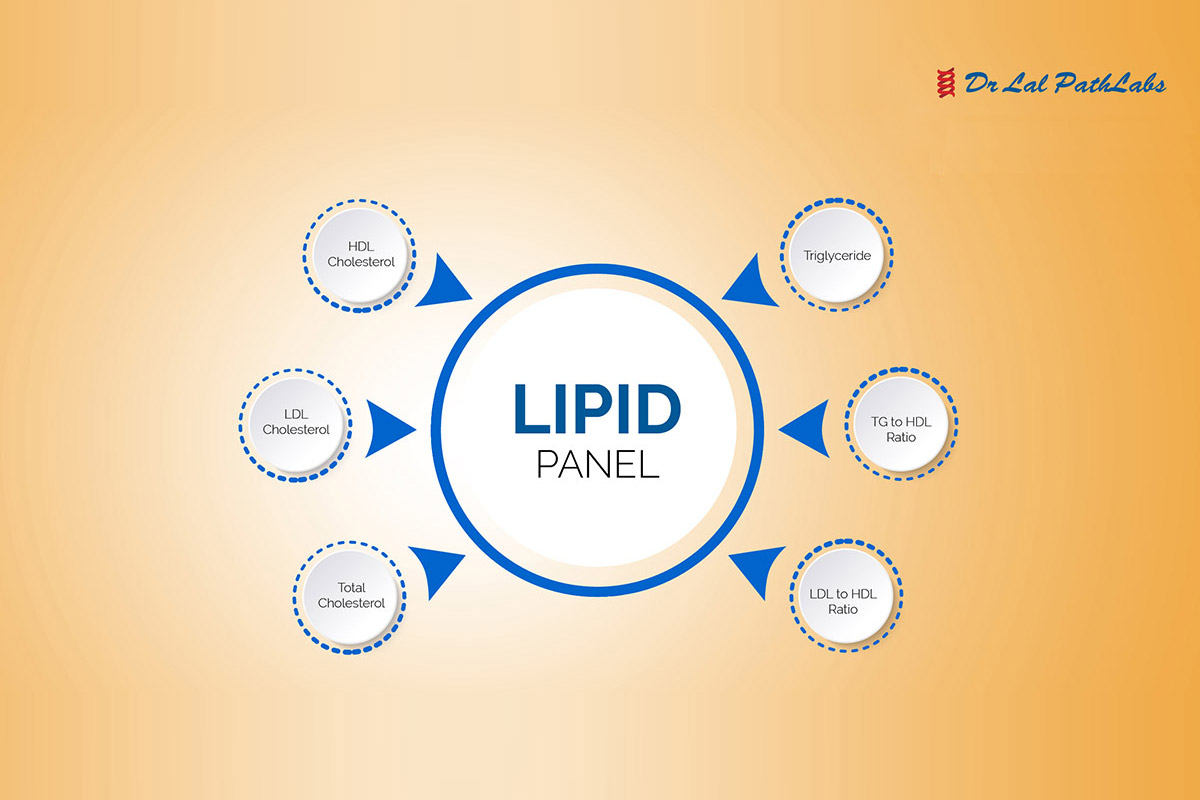
The human body comprises unique elements, held together by a labyrinth of molecules proving key to health and well-being. The domain of biochemistry has helped explore and decode many perplexing layers across vital organs, enabling well-informed interventions for longevity. The blood lipid profile test shows how optimal critical lipids float across health streams. Let’s examine why running lipid checks merits a closer look during annual checkups.
Understanding the Lipid Profile Test
The lipid test indicates beneficial or harmful fatty molecules, namely cholesterol and triglycerides, circulating within blood vessels. Abnormal levels, especially of LDL cholesterol or deranged ratios between them, often trigger lifestyle illnesses over time. Hence, the lipid profile or lipid panel helps analyse proportional makeup, keeping heart health, diabetic risks, and related complications in check.
The examination requires a blood sample after 10-12 hours of fasting to achieve accurate readings across four key parameters – total cholesterol levels, LDL (bad) cholesterol, HDL (good) cholesterol, and triglycerides. Clinical research validates each component, and the proportionate range offers a microscopic perspective on overall health vitals.
Purpose of the Lipid Profile Test
Tracking lipid vitals gains immense preventive significance by forewarning cardiac risks that escalate if left unattended for long. Elevated LDL above set thresholds increases plaque deposition internally along blood vessel walls, inflaming arteries and impeding flexible circulation over the years. Such leaks quicken vulnerability towards chest pain, uneasy breathing, cardiac arrests or strokes with little warning.
Periodic lipid profile blood tests from adolescent years hence benefit immensely in advancing timely interventions, whether medication or lifestyle tweaks, before irreparable organ damage occurs. Thus, routine tests post-40 years aid enormously, as cardiovascular health risks peak around this age milestone for both sexes.
Who Requires Lipid Screening?
1. People with a Family History
People with a family history of cardiac issues, hypertension, or diabetes run higher risks of lipid imbalance or cholesterol issues manifesting even while being currently healthy. Getting a lipid test early creates a baseline for their lipid vitals that can be tracked periodically. Any worsening towards unhealthy ratios subsequently can then be corrected promptly.
2. Individuals with Associated Conditions
Individuals living with associated health conditions like thyroid disorders, chronic kidney problems, or liver malfunctions also tend to demonstrate poor lipid profile results. Their primary diseases already heightened risks of cardiac or circulatory complications, which get compounded by deranged cholesterol. Hence, lipid monitoring is required to keep additional problems at bay.
3. Middle Aged Individuals
Middle-aged individuals beyond 40 years for males and 50 years for females after menopause undergo physiological changes that cause lipid ratio distortions. Testing lipid profiles annually helps assess the onset of hypertension or cardiovascular risks that rise with age as arterial walls stiffen. This allows advancing preventive care before any chest pains or stroke-like symptoms necessitate an emergency response.
4. Diabetic Patients Diabetic Patients Young Adults
For diabetic patients, both type 1 and 2, biannual lipid screening assumes extra importance in aligning with HbA1c tests. Insulin resistance issues in diabetes already adversely impact lipid markers. Tracking vitals closely prevents worsening of eye, nerve, and kidney-related complications through appropriate medication.
How to Prepare for Lipid Profile Test?
a. Follow the Fasting Requirements
The lipid profile test demands fasting at least 10-12 hours beforehand as intake of any solid or liquid calories influences lipid molecule levels, giving false readings.
b. Limit Intensive Physical Activity
Taking rest from taxing exercise a day prior stabilises lipid vitals for precise interpretation, unmasking any cumulative imbalances that have built over time.
c. Continue Prescribed Medications
Required tablet courses, as scheduled, enable the mapping of the corresponding effects of treatment on lipid balance through past and present test report comparisons. However, over-the-counter supplement intake warrants a break.
d. Emphasise on Hydration
Sticking to water alone prevents electrolyte or mineral imbalances that could necessitate repeat blood draws later.
e. Carry Previous Test Records
Producing older lipid profile reports provides insight into progressive or deteriorating trends in levels across total cholesterol, triglycerides, LDL, and HDL counts. Side-by-side report analysis also accounts for the impacts of medication or diet changes toward achieving desired lipid ratio goals for overall well-being. Taking a lipid profile test list would be helpful for you.
Lipid Profile Test Result Interpretation
To assess cardiac health risks, the lipid profile report captures vital parameters like total cholesterol, LDL, HDL, and triglyceride levels. Here is the lipid profile test details in the numbers:
1. LDL (Bad Cholesterol)
The LDL levels are desired to be as low as possible, optimally within 70 to 130 mg/dL as per specific medical advice. Higher LDL contributes towards plaque deposition inside blood vessels over time, stiffening arteries. Values beyond safe thresholds require medication or nutrition correction.
2. HDL (Good Cholesterol)
In contrast, higher circulating HDL levels correlate with better heart health, ideally between 40 to 60 mg/dL. HDL helps negate LDL effects by scavenging extra cholesterol for disposal. Higher numbers here aid vascular flexibility.
3. Total Cholesterol
For total cholesterol calculations, lower counts below the 200 mg/dL milestone are comforting, whereas higher figures require remedial measures to enhance cardiac health eventually.
4. Triglycerides
Lastly, triglyceride markers indicating circulating fatty acids should hover at as low levels as possible, below 150 mg/dL, for metabolic wellness. Greater figures warn of associated diabetic risks.
Analysing these four indices about reference zones allows customised care planning.
Conclusion
Getting a lipid profile test done regularly helps keep a tab on potential health risks early. The test shows what is happening deep inside the body by tracking good and bad cholesterol levels.
If the test detects unhealthy changes brewing before symptoms are seen, we get a chance to fix things through diet and exercise changes before major illness happens. This protects our health in the long run when fixing problems is easier.





